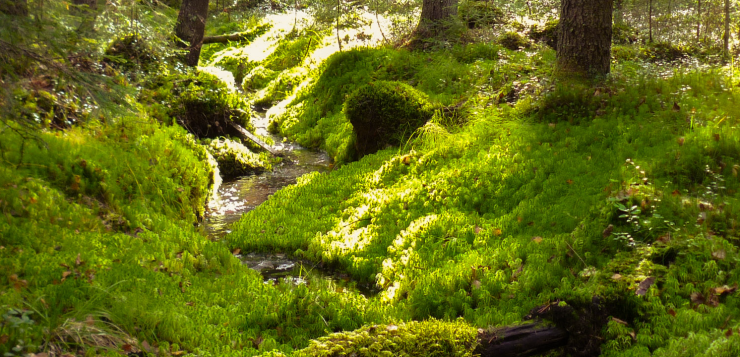Seminari impartit per José L. J. Ledesma, Department of Aquatic Sciences and Assessment (Swedish University of Africultural Sciences). Seminaris del CEAB. 31 de gener del 2017. Centre d’Estudis Avançats de Blanes (CEAB-CSIC)
The area of interaction between terrestrial and aquatic environments has long been recognized as an important landscape feature from both scientific and management perspectives. Over 90% of boreal forest streams are found in headwaters, where terrestrial-aquatic interfaces are dominated by organic matter-rich riparian zones (RZs). Thus, RZs are the main source of organic carbon in these system’s surface waters. Both forecast future climate in the boreal region and depletion of sulfur pools accumulated during the acidification period are expected to increase organic carbon fluxes, potentially disrupting the global carbon cycle.
In addition, RZs also shape water chemistry through two sets of OM-dependent biogeochemical processes: (1) transport and retention of OM-associated material, and (2) redox-mediated transformations controlled by RZ water residence time and availability of labile OM. These processes can lead to both retention and release of pollutants. Importantly, the transfer of substances from RZs to streams is dominated by a narrow depth range with the highest contribution to solute and water fluxes, the so-called dominant source layer. In this presentation, major biogeochemical controls of RZs in boreal headwater streams will be reviewed with special focus on the frontiers in organic carbon cycling.


